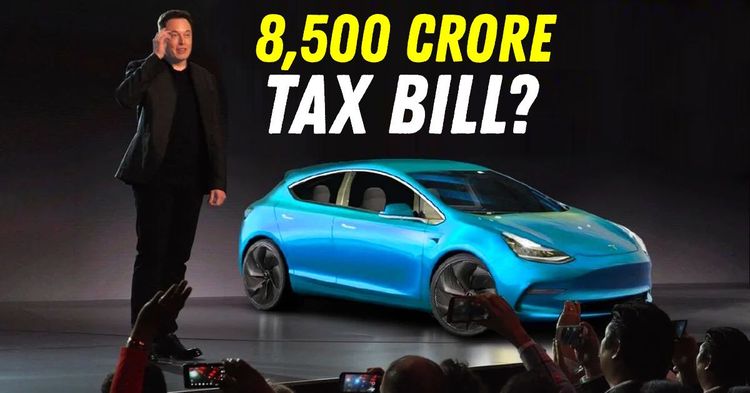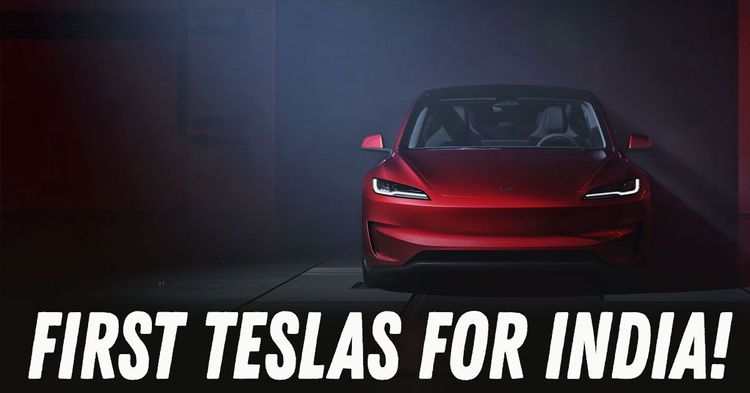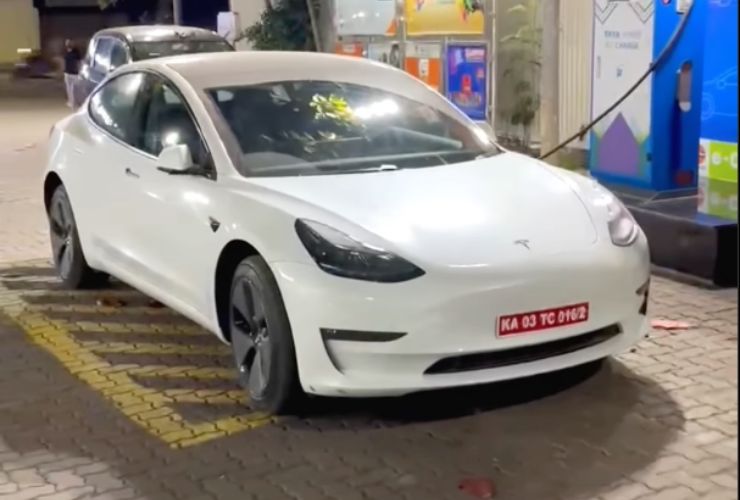Will Tesla Face a $1 Billion Tax Bill in India?


Tesla is gearing up for its long-awaited entry into India, thanks to a new policy that slashes import duties on premium electric vehicles (EVs). But there’s a catch—Tesla must commit to local manufacturing within a set timeframe. If it doesn’t, the company could find itself hit with a massive tax bill, potentially reaching $1 billion. Could this happen? Let’s break it down.

India’s recently announced EV import policy aims to attract global players like Tesla. Under this plan:
• Import duties on premium EVs (priced above $35,000) are reduced from 110% to 15%.
• Companies must invest at least ₹4,150 crore (~$500 million) in India.
• A local manufacturing facility must be set up within three years.
• Revenue milestones must be met, including ₹2,500 crore by year two and ₹7,500 crore by year five.
• A maximum of 8,000 premium EVs per year can be imported under the scheme.
This is a major incentive for Tesla, which has been lobbying for lower import duties. However, the reduced tariff comes with strict conditions—and potential penalties.

Tesla has been cautious about committing to an Indian factory. In the past, it pushed for import tax cuts before agreeing to local production, leading to multiple deadlocks with the Indian government.
Now, Tesla seems to be preparing for entry primarily through direct imports. Reports suggest:
• The company is setting up showrooms in major cities like Mumbai and Delhi.
• Vehicle certification and homologation processes are underway.
• Tesla may import cars from its Berlin factory rather than China.
But will it go all-in on manufacturing? That remains uncertain.

If Tesla takes advantage of the lower import duties but doesn’t fulfill its manufacturing obligations, it could face a hefty tax demand. Here’s how:
1. Tesla could import up to 8,000 vehicles annually at the reduced 15% duty rate.
2. The duty savings per vehicle (compared to the standard 110% rate) would be significant.
3. Over four years, assuming an average vehicle cost of $40,000-$50,000, Tesla’s total import value could reach $1.3-1.6 billion.
4. If India enforces retrospective taxation, Tesla might be required to pay back the duty difference—potentially exceeding $1 billion.

A few factors could influence Tesla’s decision:
1. Market Uncertainty
Tesla’s cars are expensive, even with tax cuts. The Indian market for high-end EVs is still developing, and demand may not justify a major manufacturing investment.
2. Shifting Priorities
Tesla’s global strategy changes frequently. New opportunities elsewhere—or unexpected challenges in India—could alter its plans.
3. Regulatory Complexities
Setting up a factory in India comes with bureaucratic and logistical hurdles. If Tesla finds the process too difficult, it might back away.
Could Tesla Avoid a Tax Showdown?
While the tax risk is real, several factors could prevent a full-blown dispute:
• Government Safeguards – India might introduce measures like phased compliance checks to ensure companies meet obligations gradually.
• Incentives – Tesla could benefit from India’s Production-Linked Incentive (PLI) scheme, making local manufacturing more attractive.
• Diplomatic Solutions – Given US-India trade ties, negotiations could lead to a compromise instead of heavy penalties.
Tesla has a few years to make its move—it’s not yet known if it will indeed take advantage of lower duties as part its “Testing Waters” strategy. If it successfully builds a plant, the tax risk disappears. If not, a billion-dollar tax demand could become a major sticking point. However, political and economic factors—along with possible leadership changes in both the US and India—could influence how this plays out.
For now, Tesla seems to be testing the Indian market through imports. Whether that translates into a long-term manufacturing commitment remains an open question.